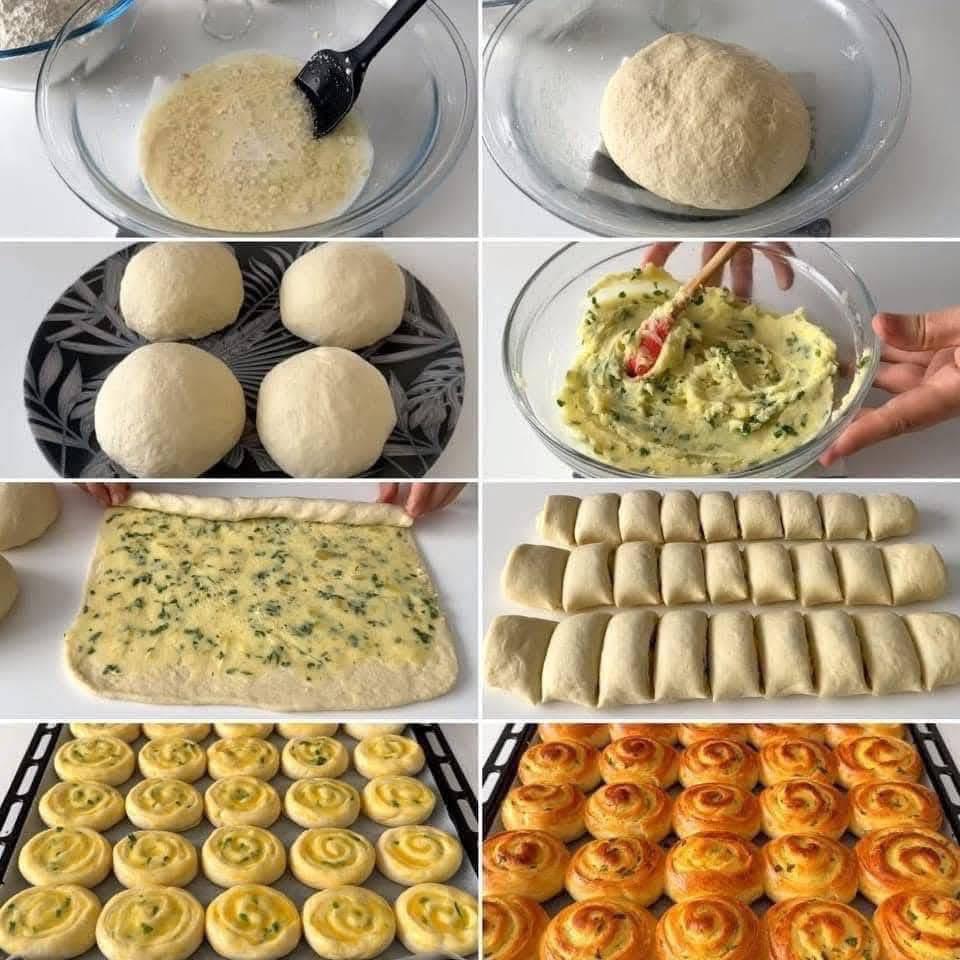Introduction
Soft pastry dough is a fundamental component in the world of baking, known for its versatility and ease of use. This dough serves as the perfect base for a variety of sweet and savory dishes, including tarts, pies, quiches, and pastries.
Why This Dough?
Tender and Flaky: The combination of cold butter and minimal mixing creates a tender, flaky texture that melts in your mouth.
Versatile: It can be adapted for both sweet and savory recipes, making it a staple in any baker’s kitchen.
Easy to Make: With just a few simple ingredients and straightforward steps, even novice bakers can master this dough.
Uses of Soft Pastry Dough
Tarts: Create delicious fruit tarts or custard tarts that are visually appealing and full of flavor.
Pies: Perfect for both sweet pies (like apple or cherry) and savory pies (like quiche or pot pie).
Pastries: Use it for making hand pies, turnovers, or other filled pastries.
Ingredients
2 cups all-purpose flour
1/2 cup unsalted butter, cold and cubed
1/4 cup granulated sugar (optional, for sweet pastry)
1/2 teaspoon salt
1/4 cup cold water (or as needed)
1 teaspoon vanilla extract (optional, for sweet pastry)
Instructions
Step 1: Prepare the Ingredients
Make sure your butter is cold and cubed. This helps create a flaky texture.
Step 2: Mix Dry Ingredients
In a large mixing bowl, combine the flour, sugar (if using), and salt. Mix well.
Step 3: Cut in the Butter
Add the cold, cubed butter to the flour mixture.
Use a pastry cutter, fork, or your fingers to cut the butter into the flour until the mixture resembles coarse crumbs.
Step 4: Add Liquid
Gradually add cold water (and vanilla extract if using) to the mixture, one tablespoon at a time.
Stir gently with a fork until the dough begins to come together. Be careful not to overmix.
Step 5: Form the Dough
Turn the dough out onto a lightly floured surface.
Knead gently just until it forms a cohesive ball. Avoid overworking the dough to keep it tender.
Step 6: Chill the Dough
Flatten the dough into a disc and wrap it in plastic wrap.
Refrigerate for at least 30 minutes. This helps relax the gluten and makes rolling easier.
Rolling Out the Dough
On a floured surface, roll out the chilled dough to your desired thickness (about 1/8 inch for most recipes).
Use it to line pie or tart pans, or cut into shapes for pastries.
Baking Tips
Pre-bake: If using for a filled pie or tart, consider pre-baking the crust for a few minutes to prevent sogginess.
Chill Again: If the dough becomes too warm while rolling, chill it again for easier handling.
Method for Storing
Proper storage of soft pastry dough is essential to maintain its quality and ensure it’s ready for use when you need it. Here’s how to store it effectively:
Storing Unused Dough
In the Refrigerator
Wrap: After preparing the dough, flatten it into a disc and wrap it tightly in plastic wrap.
Container: Alternatively, place the wrapped dough in an airtight container to prevent it from drying out.
Storage Duration: Refrigerate for up to 3 days. Make sure to bring it to room temperature before rolling it out.
In the Freezer
Wrap: Flatten the dough into a disc and wrap it tightly in plastic wrap.
Freezer Bag: Place the wrapped dough in a freezer-safe bag or container, removing as much air as possible.
Label: Write the date on the bag or container for reference.
Storage Duration: Freeze for up to 3 months.
Thawing Frozen Dough
Refrigerator Method: For best results, transfer the frozen dough to the refrigerator and let it thaw overnight.
Counter Method: If you need it more quickly, leave the dough at room temperature for about 30-60 minutes until it’s pliable.
Tips for Best Results
Avoid Overworking: When you’re ready to roll out the dough, handle it gently to maintain its tender texture.
Chill Again if Needed: If the dough becomes too soft while rolling, chill it again for easier handling.
